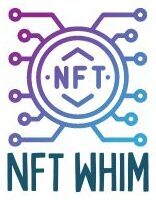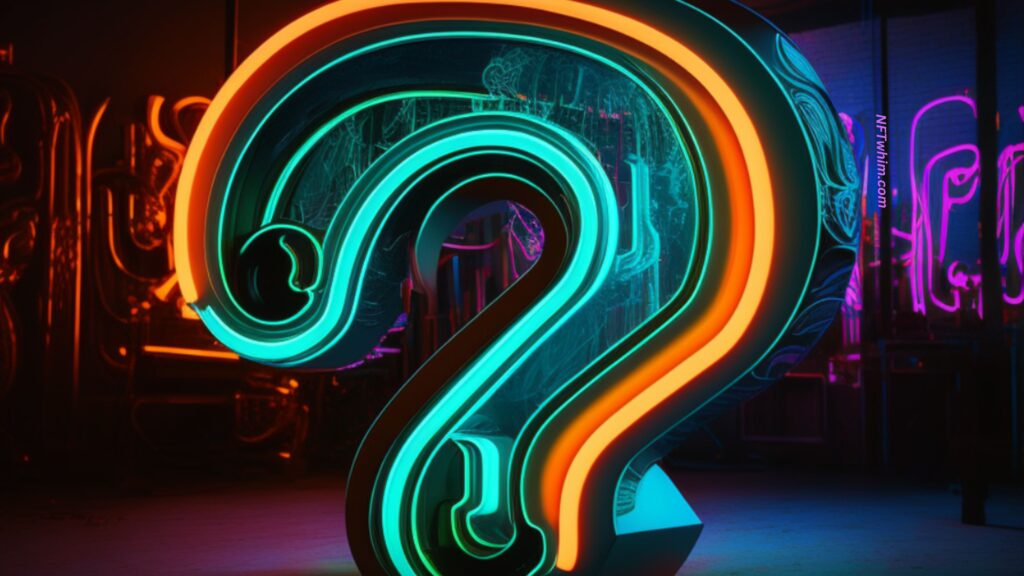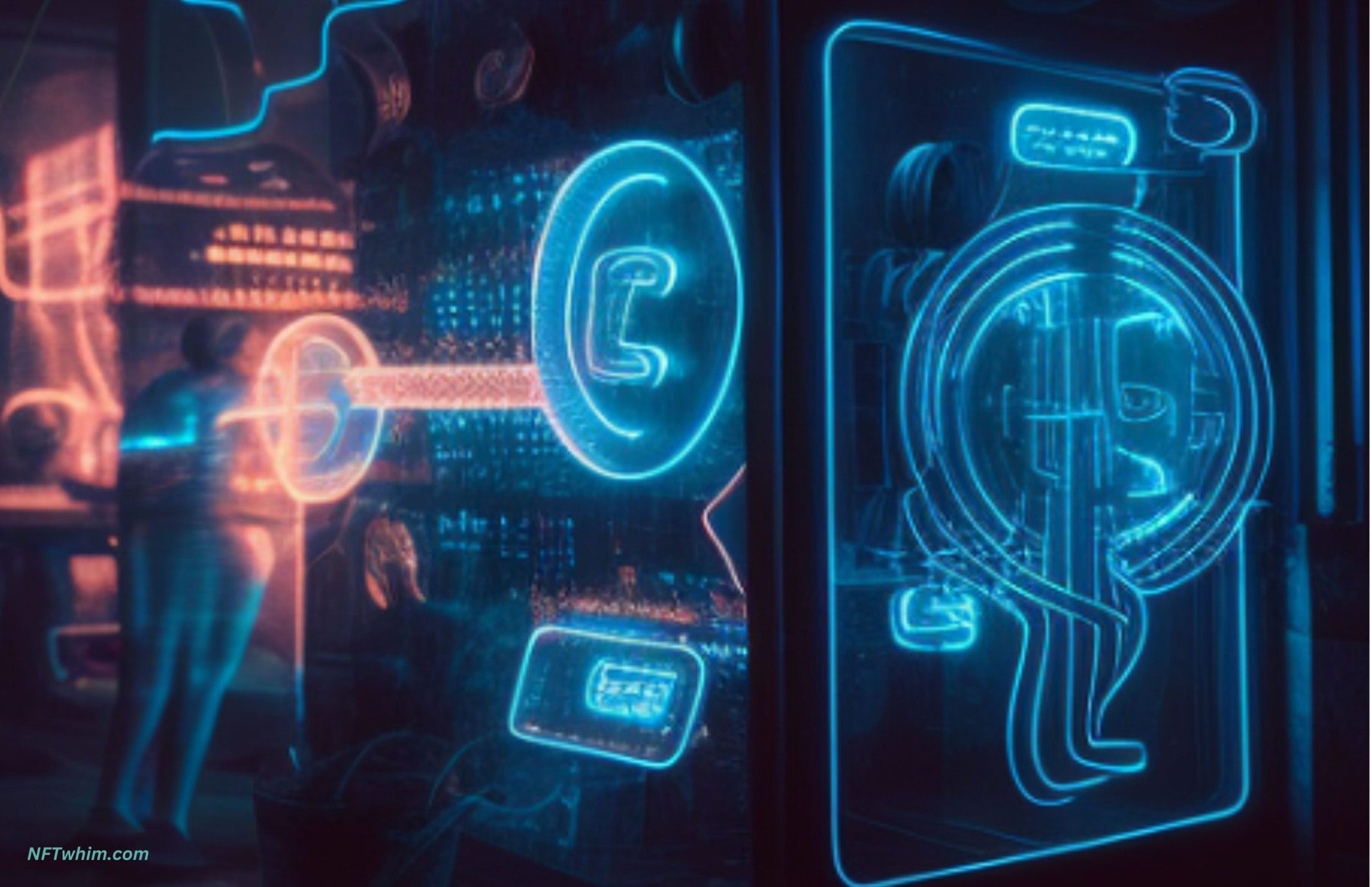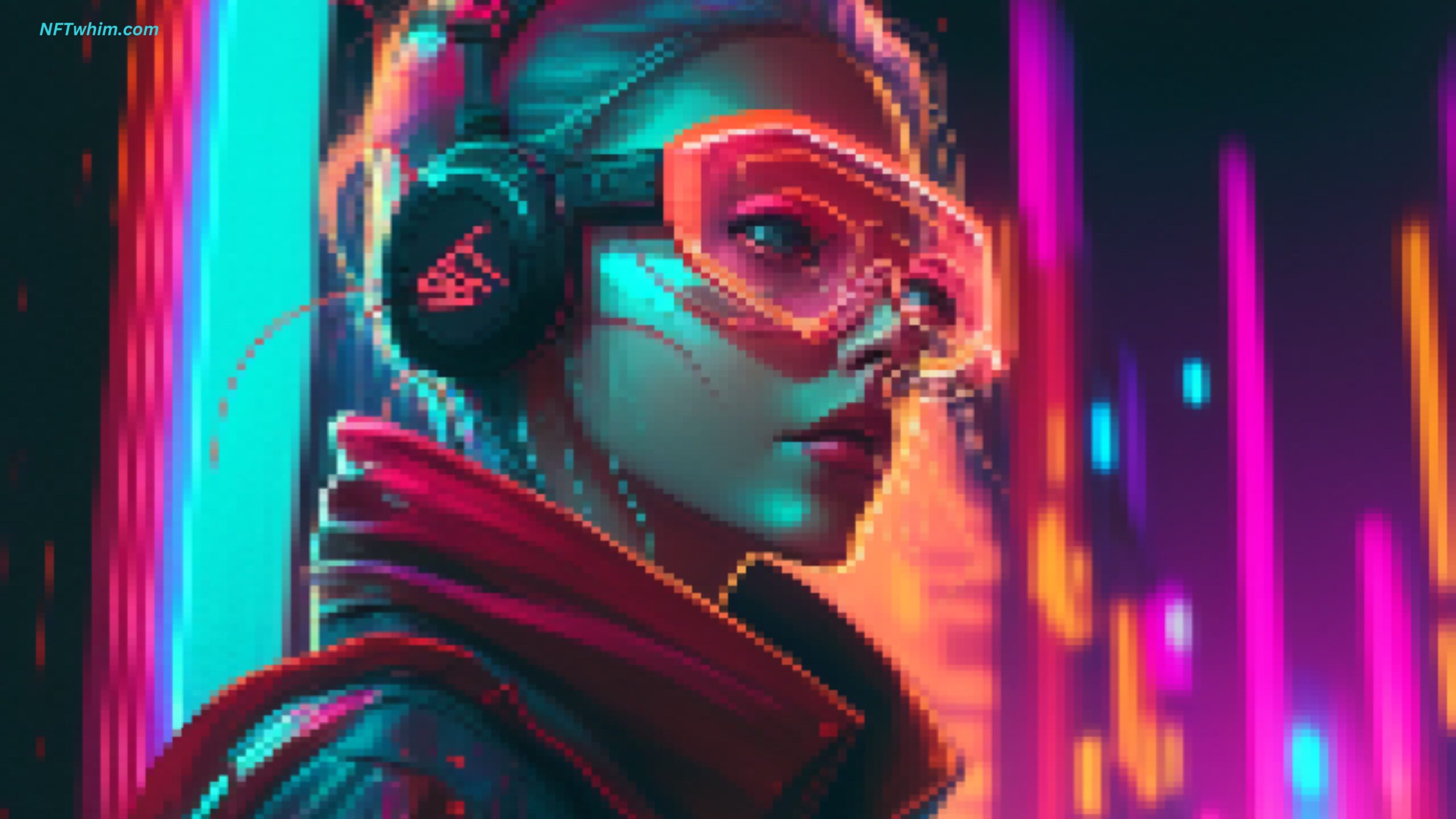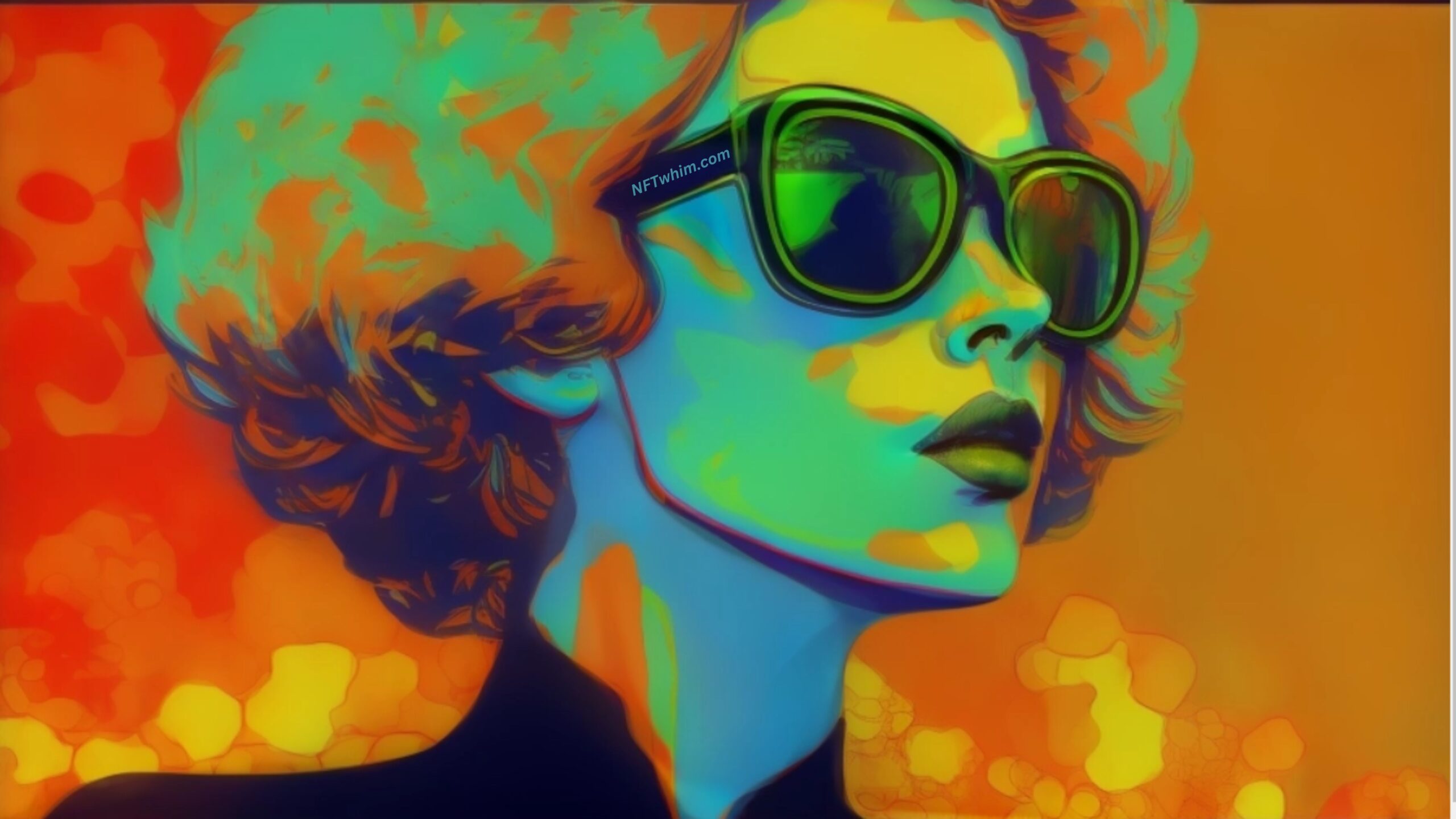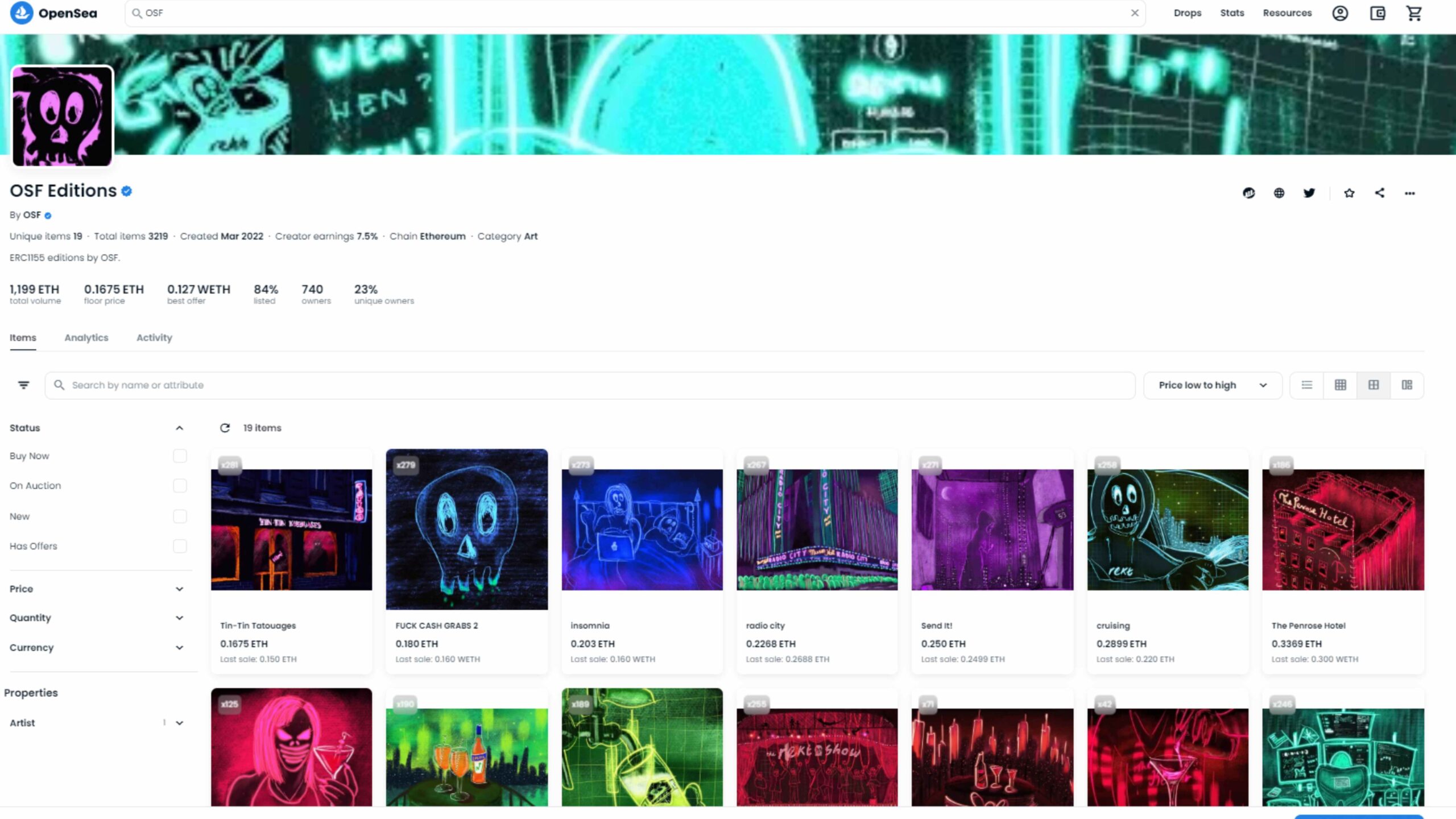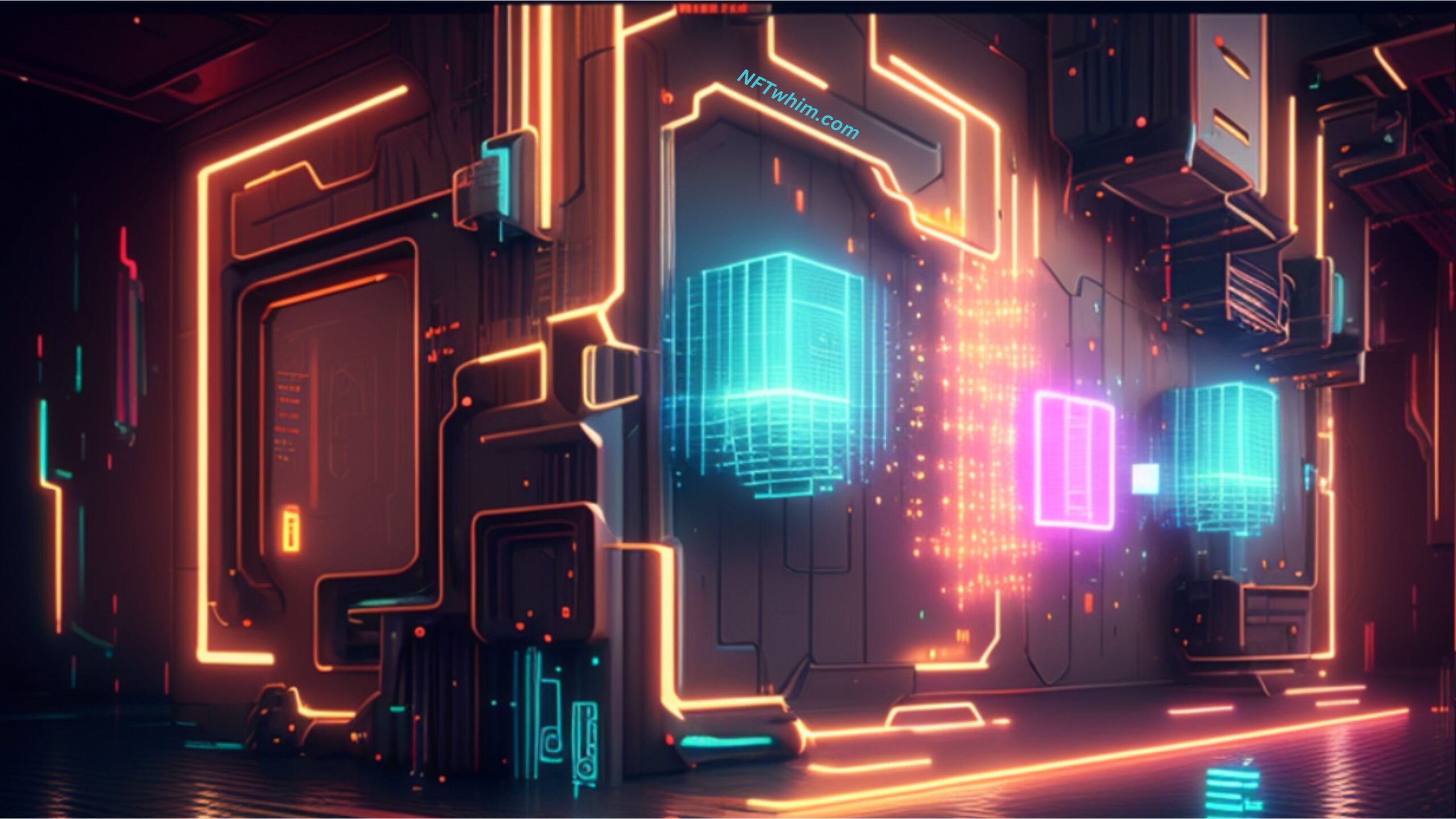NFTs, or non-fungible tokens, have been creating a buzz in the art world and the digital sphere as a whole. But with so many NFTs circulating, can two people ever own the same one? In this post, we will examine the intricacies of NFT ownership and answer this question in detail.
Generally, two individuals cannot own the same NFT. Each NFT is distinctively unique and non-fungible, and while it is possible to make multiple copies, each copy is its own asset with its own set of ownership rights and value. However, due to the trend of fractionalization, it is now feasible to own a fraction of an NFT. This implies that one NFT ownership can be divided into segments, but two people cannot own the same fraction of the NFT.
Let’s delve deeper into this question, as there are numerous nuances to this topic that require examination.
By the way, this article gives an overview of all the legalities around NFTs, and might also be of interest.
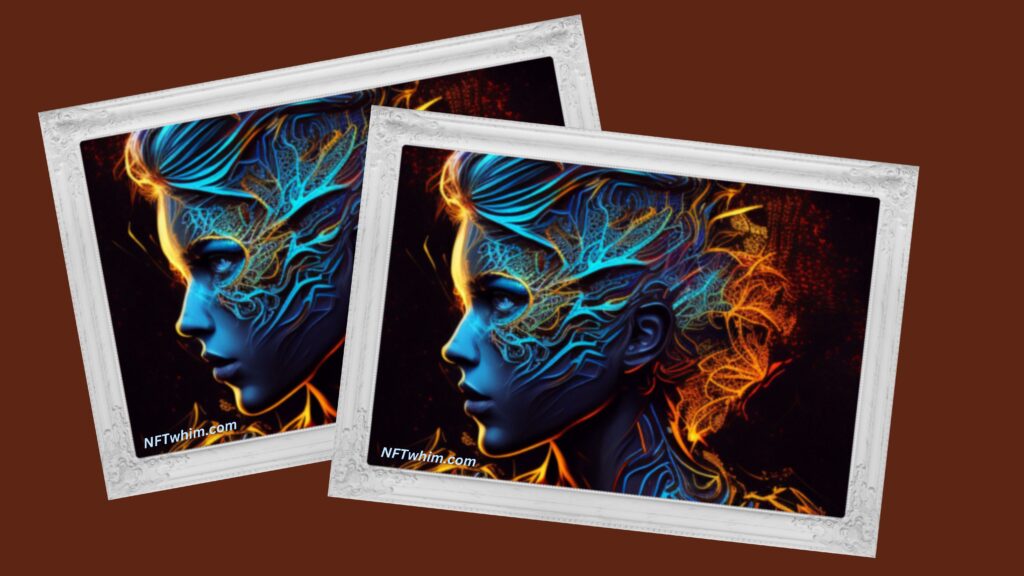
Gaining an Understanding of NFTs
Before we can explore whether or not two people can own the same NFT, it is essential to have an understanding of what an NFT is and how it works.
In brief, an NFT is a singular digital asset that is stored on a blockchain. The blockchain is a decentralized digital ledger that records transactions and ownership information in a transparent and secure way. Every NFT is represented by a unique digital token on the blockchain, and the ownership of the token is documented in the blockchain’s ledger.
As each NFT is unique and has a distinct token, it is not realistically possible for two people to own the exact same NFT. However, it is feasible for two people to possess an NFT that symbolizes the same digital asset.
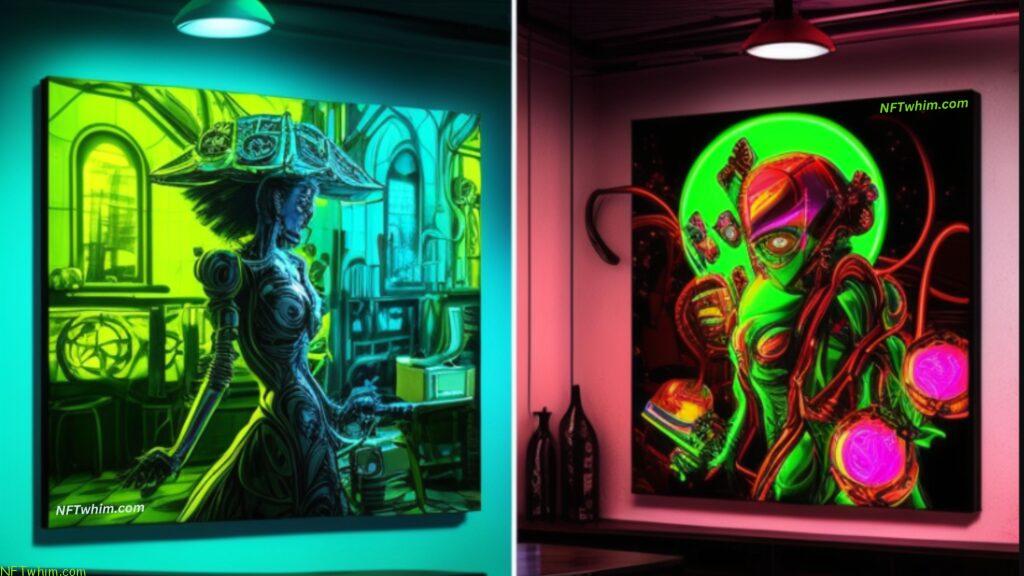
Copies of the Same Digital Asset
It is possible for several NFTs to symbolize the same digital asset. This is because an NFT is not the digital asset itself, but rather a unique token that symbolizes ownership of that asset.
For instance, let’s say an artist creates a digital painting and sells it as an NFT. The artist may choose to produce multiple NFTs that symbolize ownership of that painting, each with a different token ID. In this scenario, multiple people can possess an NFT that symbolizes ownership of the same digital painting.
This is similar to how multiple people can own shares of the same stock. Each share symbolizes ownership of a fragment of the company, but multiple people can own shares in the same company.

Different NFTs with Identical Content
While it is possible for several NFTs to represent ownership of the same digital asset, it is also possible for various NFTs to have identical content.
Each duplicate image can then be sold as an individual NFT, with a unique token ID, even though the content of the painting is the same, and the artist has established a maximum for how many NFT-tokens will be released with the same image.
An example of an NFT collection in which the same image is sold as multiple NFTs in some series, but with distinctive NFT-token ID:s, is the Rare Pepe Collection, the OG-collection from 2016, which is one of the first NFT collections ever created.
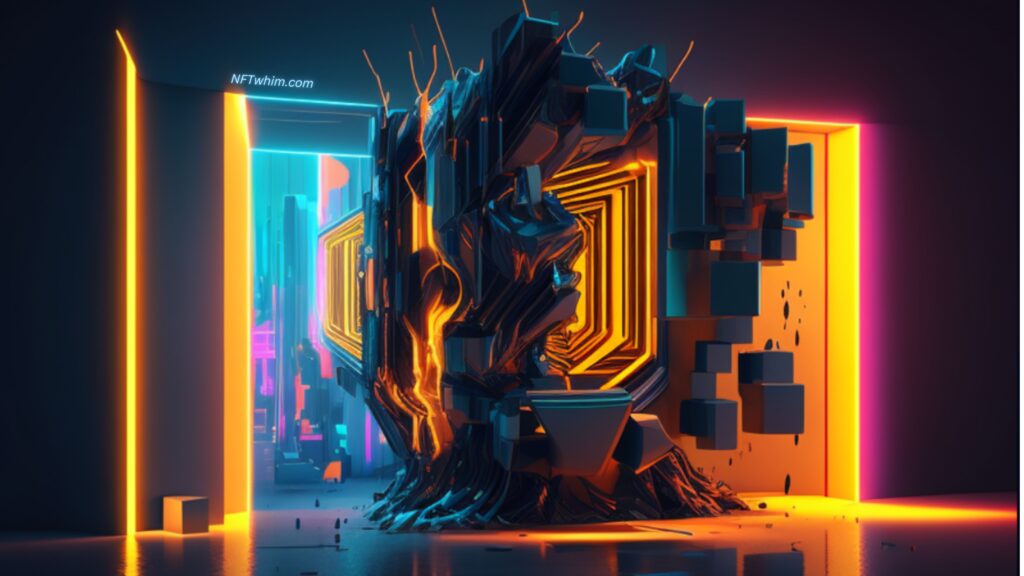
Fractionalization of NFTs
One interesting development in the world of NFTs is the concept of fractionalization. Fractionalization permits multiple people to own a fragment of an NFT, and it is done by dividing the ownership of an NFT into smaller, more affordable portions. This allows for broader involvement in the NFT market and provides more opportunities for collectors and investors to participate.
Fractionalization works by creating a token that symbolizes a portion of the original NFT. For example, if a person possesses an NFT that is worth $100,000, they could choose to fractionalize it into 100,000 smaller tokens, each worth $1. This would permit multiple people to own a segment of the NFT and partake in its prospective value.
Fractionalization also makes it probable to trade partial ownership of an NFT on secondary markets. This implies that if someone owns a portion of an NFT, they could choose to sell their share to someone else, creating a new market for fractionalized NFTs.
Fractionalization also has fascinating implications for the question of whether or not two people can ever own the same NFT. As we discussed earlier, NFTs are unique and non-fungible, meaning that each NFT is one-of-a-kind and can’t be exchanged for another.
Nevertheless, through fractionalization, it is possible for multiple people to own a piece of the same NFT. While each person may only own a fraction of the original NFT, they are still able to partake in the ownership and value appreciation of that NFT.
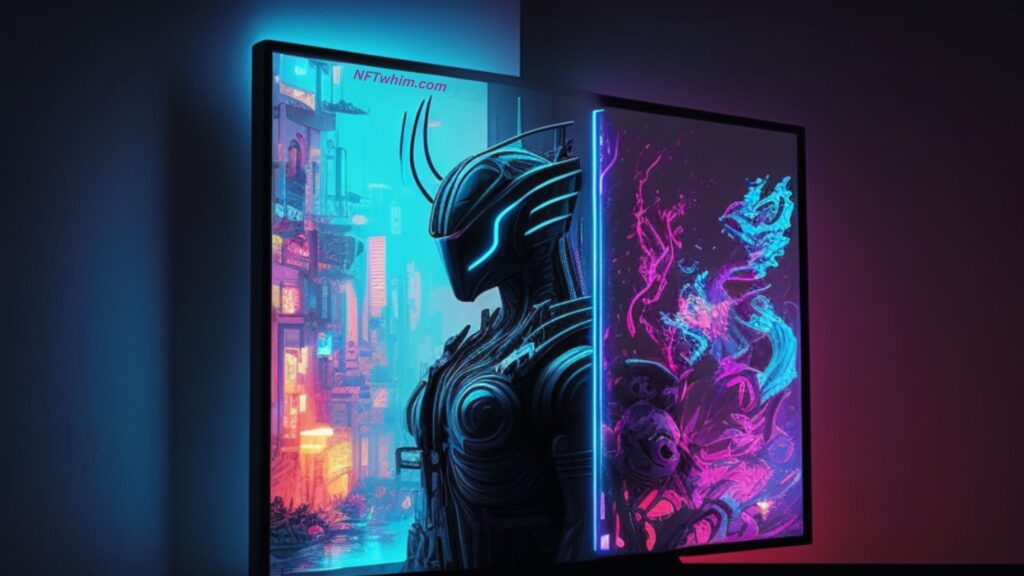
The Future of Ownership in NFTs
As NFTs continue to gain popularity and recognition in the art world, there are still many questions to be answered about their ownership and value. As the technology and market continue to evolve, we can anticipate to see new innovations and applications of NFTs that could further revolutionize the art world
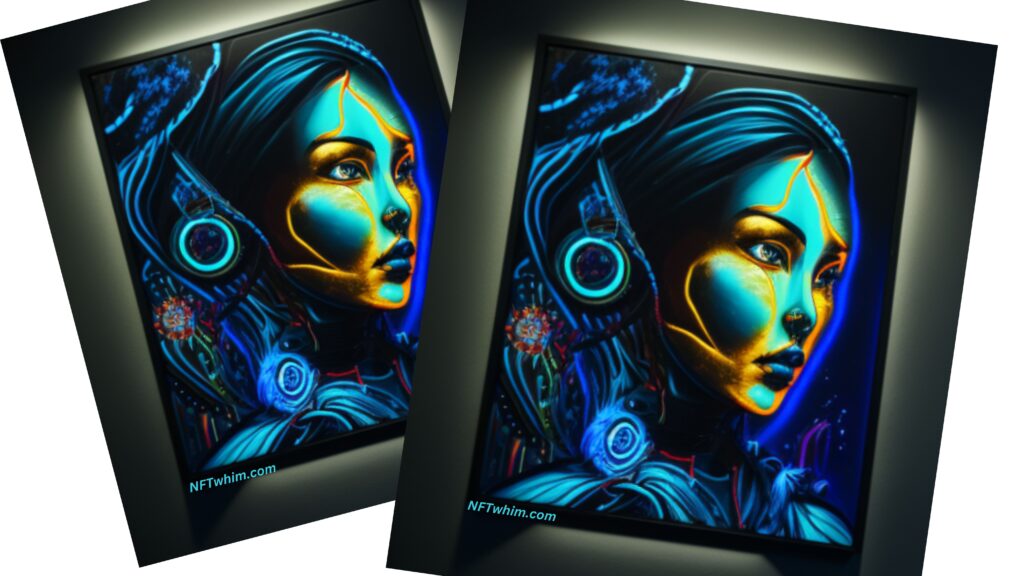
Conclusion: Can Tow People Really Own The Same NFT?
So, as we have discovered through this exploration, the question of whether two people can own the same NFT is a complicated one. While NFTs offer a unique and secure way to represent ownership of digital art, they do not necessarily provide exclusivity. The underlying artwork can still be copied and shared, and the value of the NFT itself is determined by the market.
However, bearing this in mind, the typical answer to the actual question as to whether two people can own the same NFT is no. Each one NFT is special and one-of-a-kind. Even if someone makes a copy or a variation of an NFT, it’s not the same thing as the original. It’s like having two different paintings that look almost identical. But, there is one caveat:
As we have discovered, there is a way to share ownership of an NFT through fractionalization. Basically, rather than one person owning the whole thing, the ownership is divided into smaller portions, or fractions. This permits more people to invest in NFTs and own a portion of the action. However, it’s important to note that two people can’t own the same fraction of an NFT. Each fraction is unique!
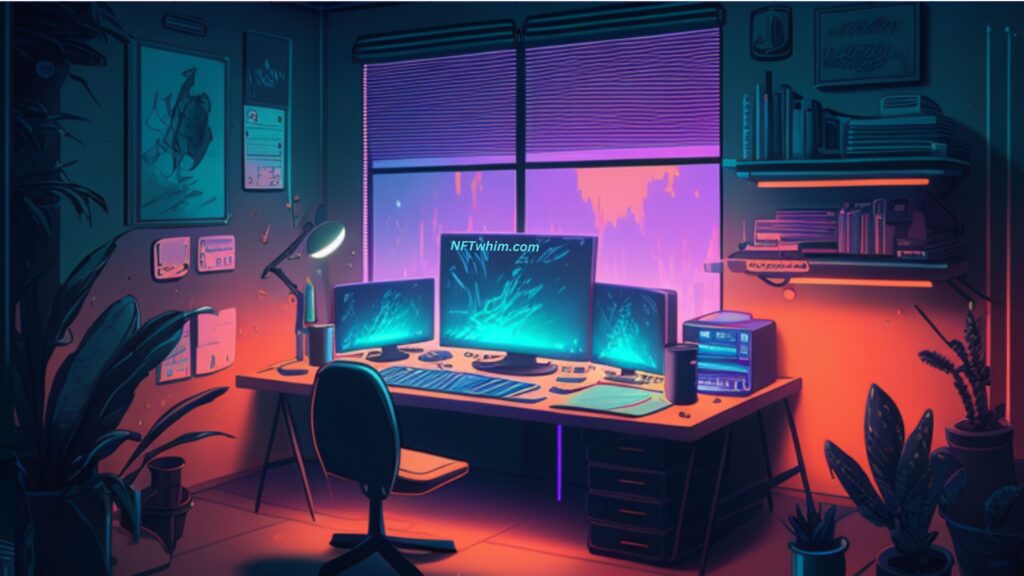
Final Words
As with any new and rapidly evolving technology, the world of NFTs is complex and can be perplexing at times. However, as more people enter the market and explore the potential of NFTs, it is critical to continue asking questions and seeking answers to help guide the development and evolution of this space!
Robin
Author: Robin Olsson
Author Bio: I’m Robin and on this website, I share everything I’ve learned since getting into NFTs in 2021. I have a background in research and I’ve been in crypto for several years. You can read more about me here.
